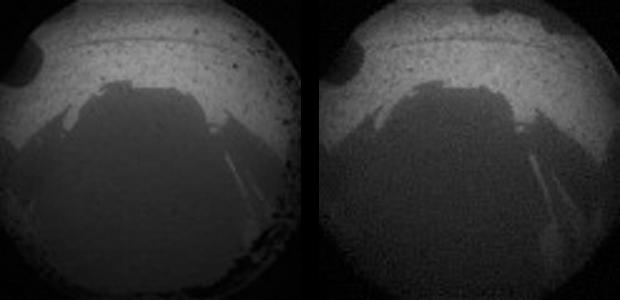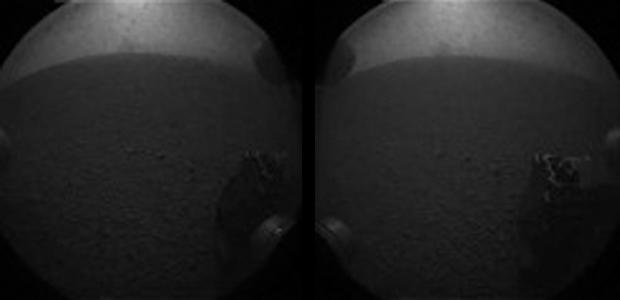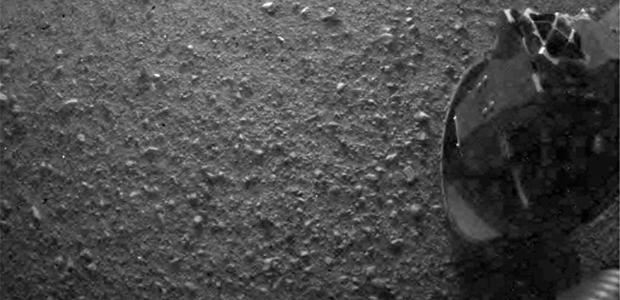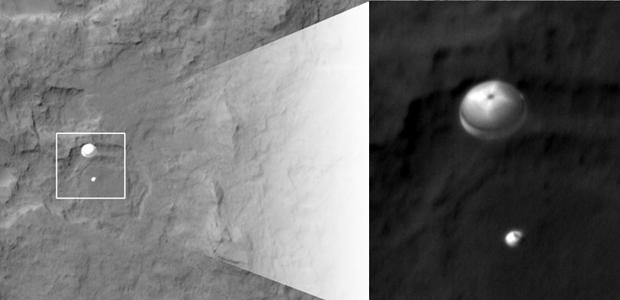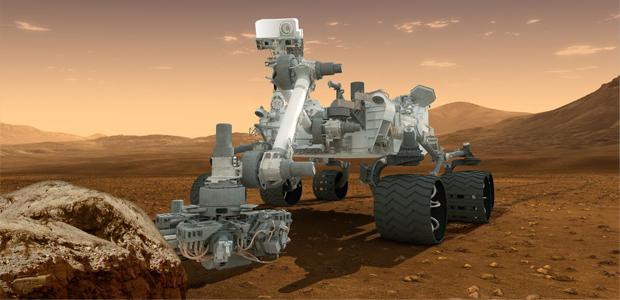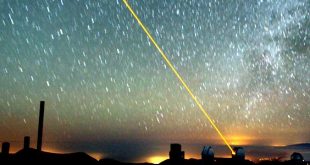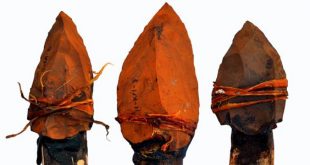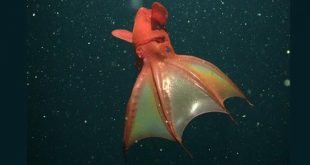NASA’s Curiosity rover has landed on the Red Planet!
It was a simple message from Curiosity’s RSS feed.
“NASA’s Curiosity rover has landed on Mars! Its descent-stage retrorockets fired, guiding it to the surface. Nylon cords lowered the rover to the ground in the “sky crane” maneuver. When the spacecraft sensed touchdown, the connecting cords were severed, and the descent stage flew out of the way. The time of day at the landing site is mid-afternoon – about 3 p.m. local Mars time at Gale Crater. The time at JPL’s mission control is about 10:31 p.m. Aug. 5 PDT (early morning EDT).”
The one-tonne rover landed in Gale crater and will almost immediately start relaying information about the red planet.
Check out the first images it sent back to Earth!
An image of the rover was also snapped by another piece of NASA technology, the Mars Reconnaissance Orbiter. Using its HiRISE – High-Resolution Imaging Science Experiment – camera, the orbiter caught the rover while it was descending through Mars’ unique atmosphere, with the parachute fully deployed.
 Science Fare Media Science News – Upgraded
Science Fare Media Science News – Upgraded
